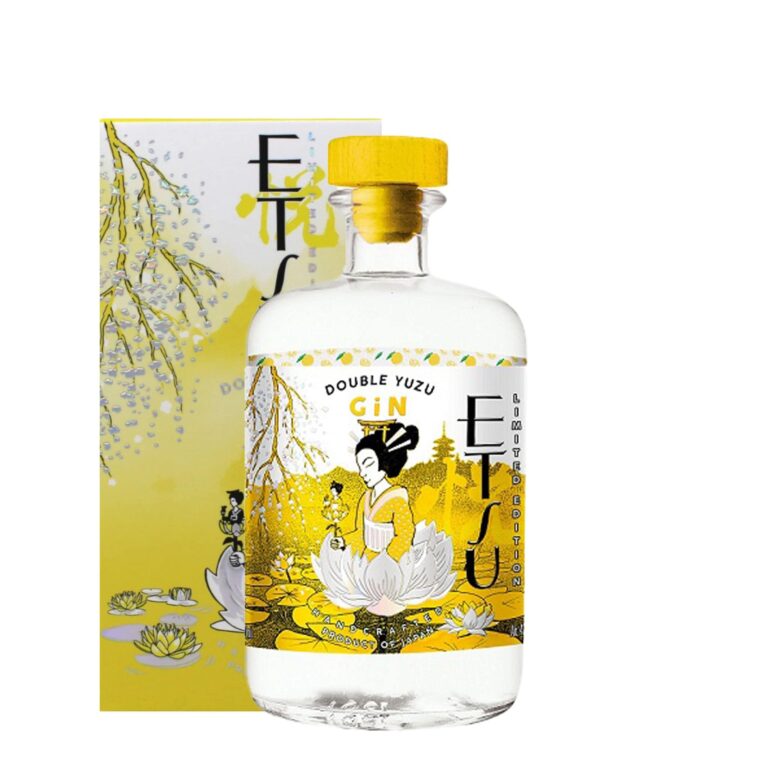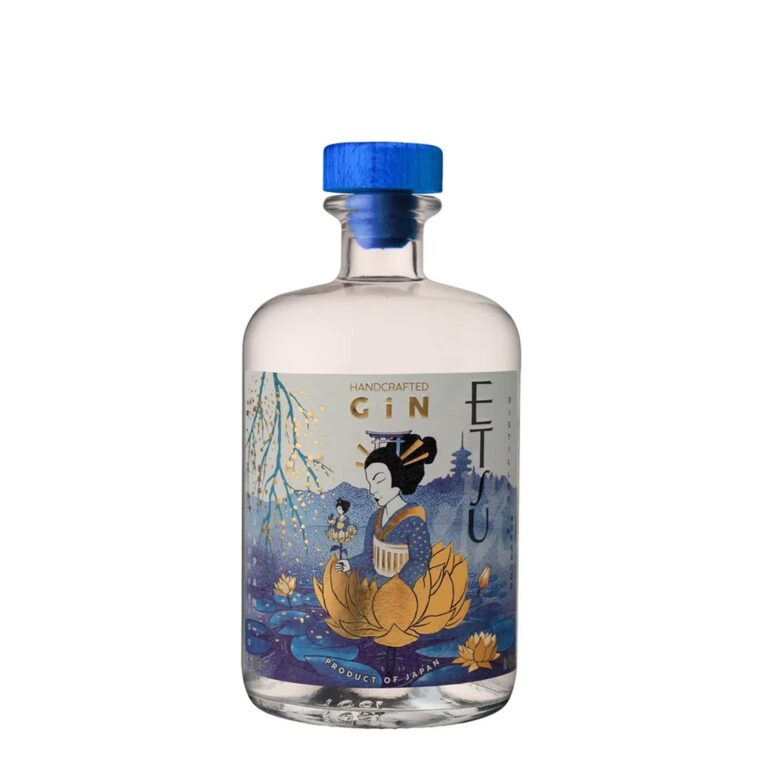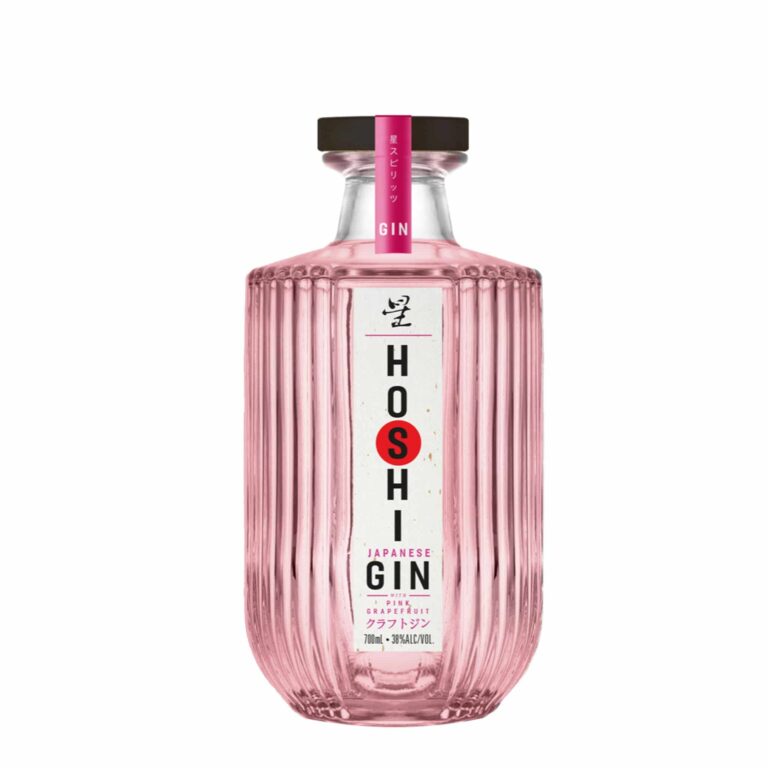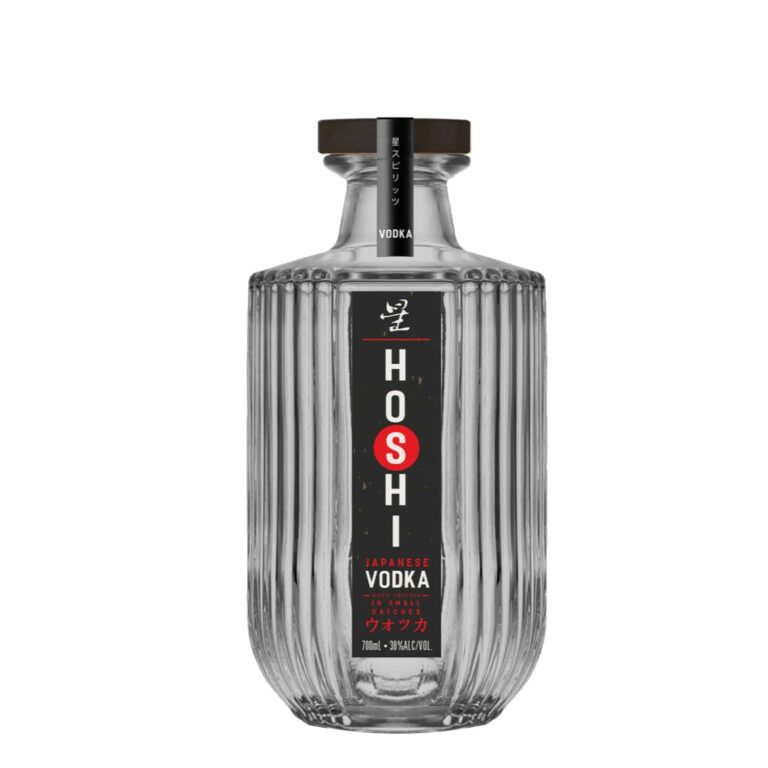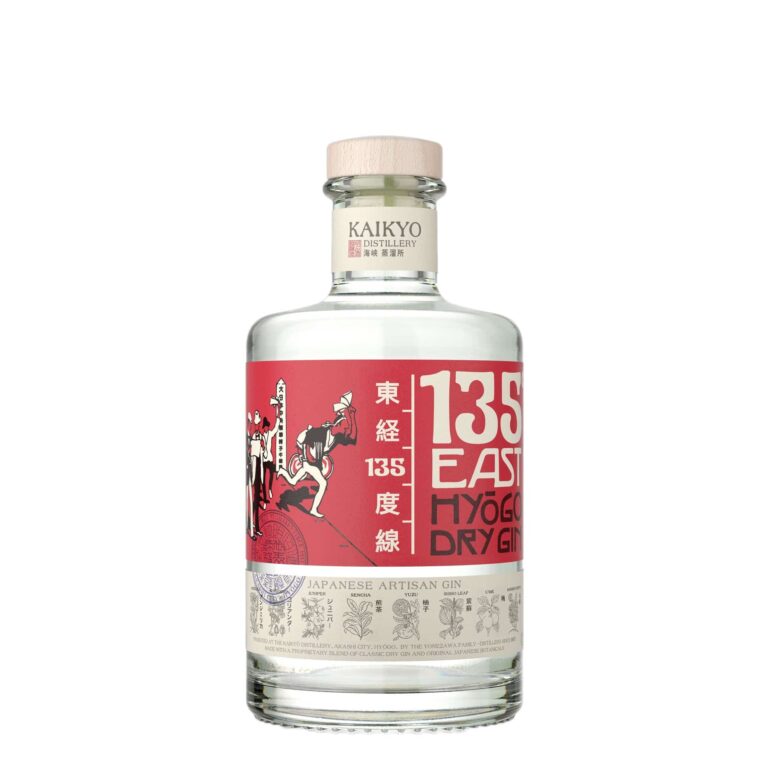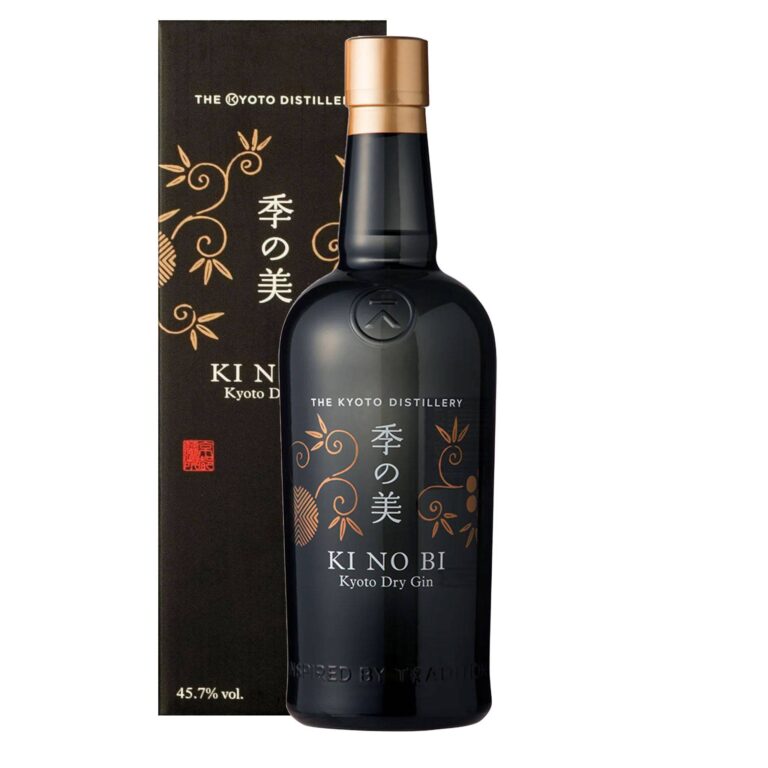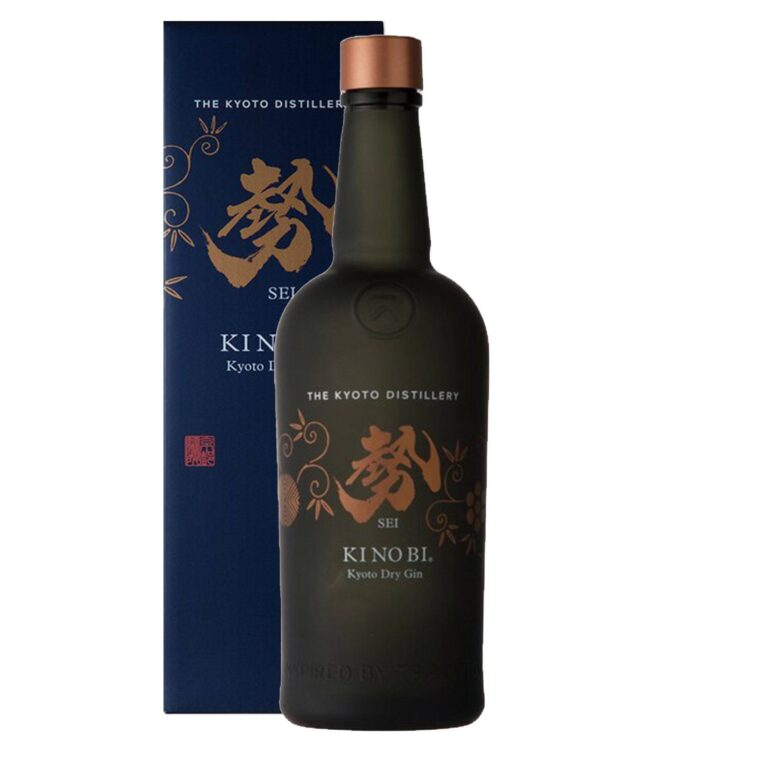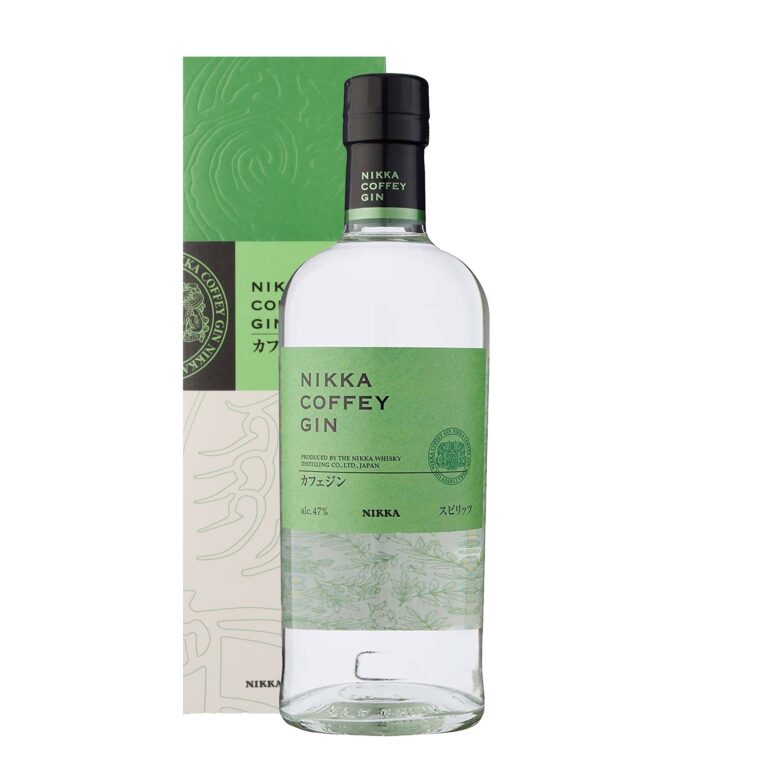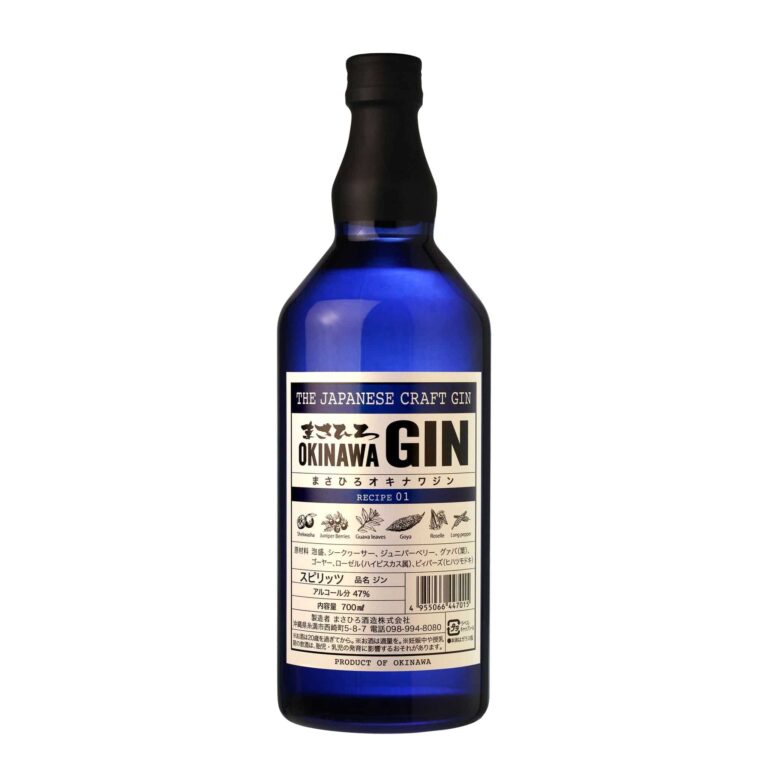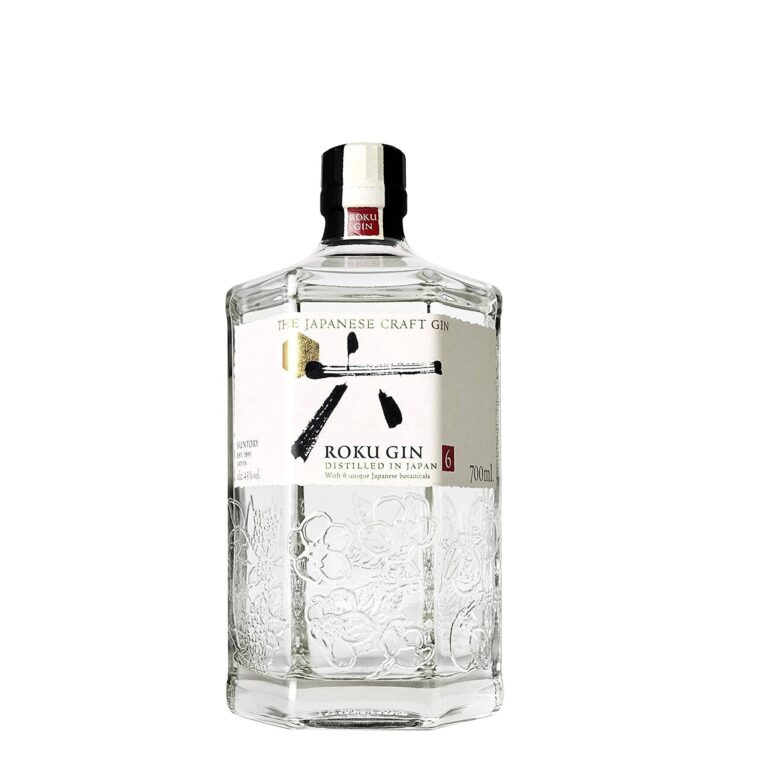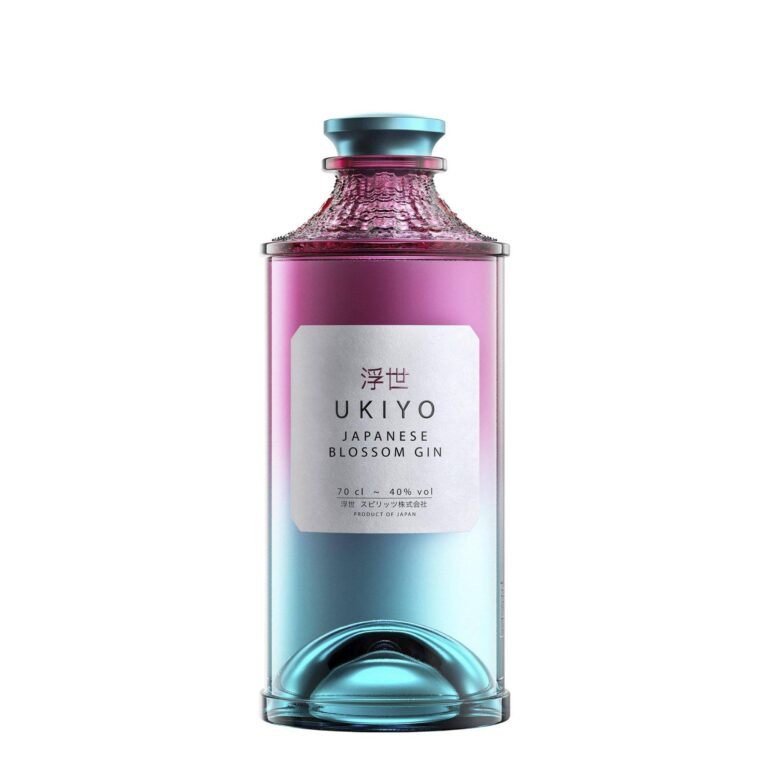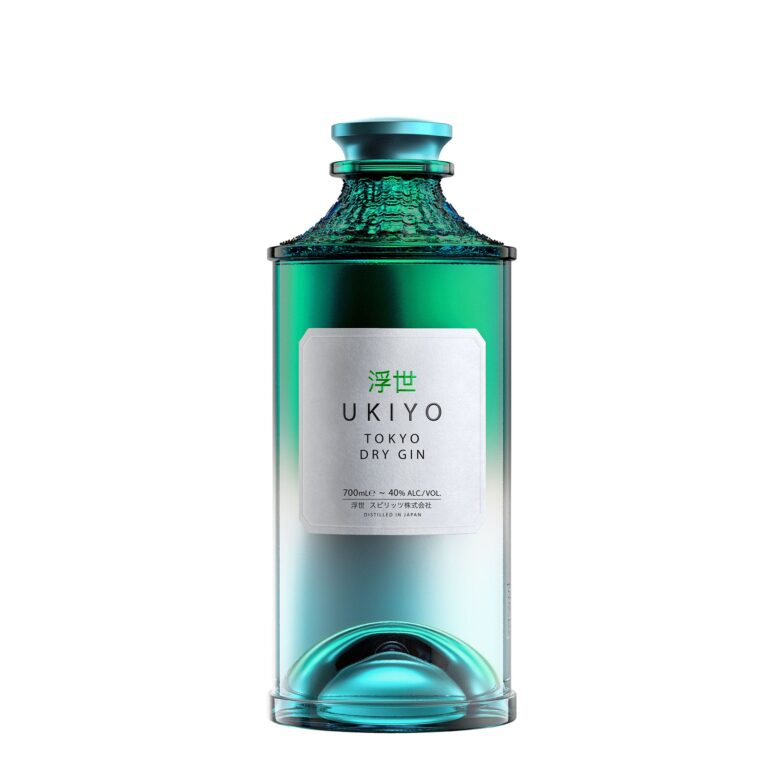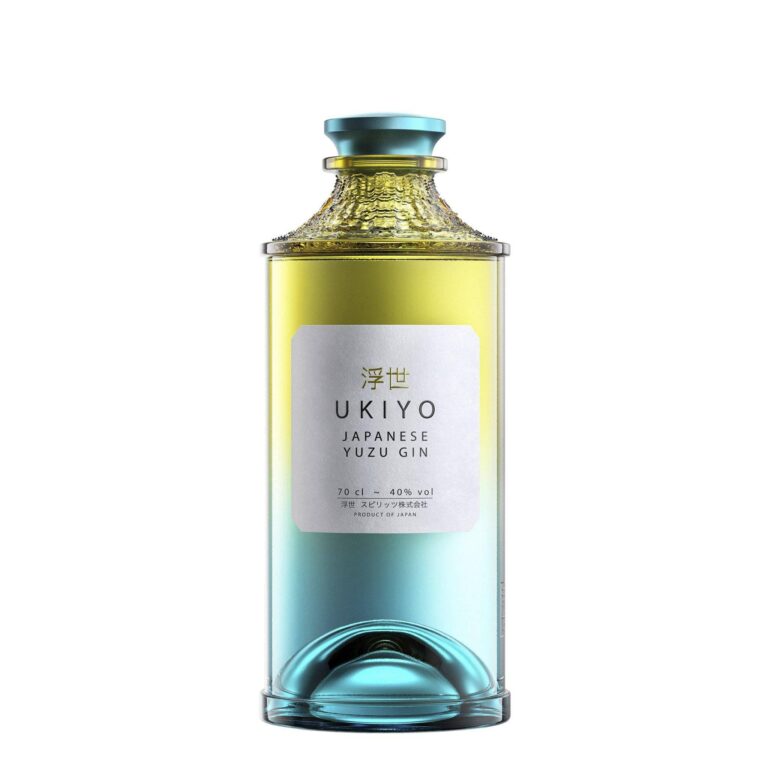Japanese Gin
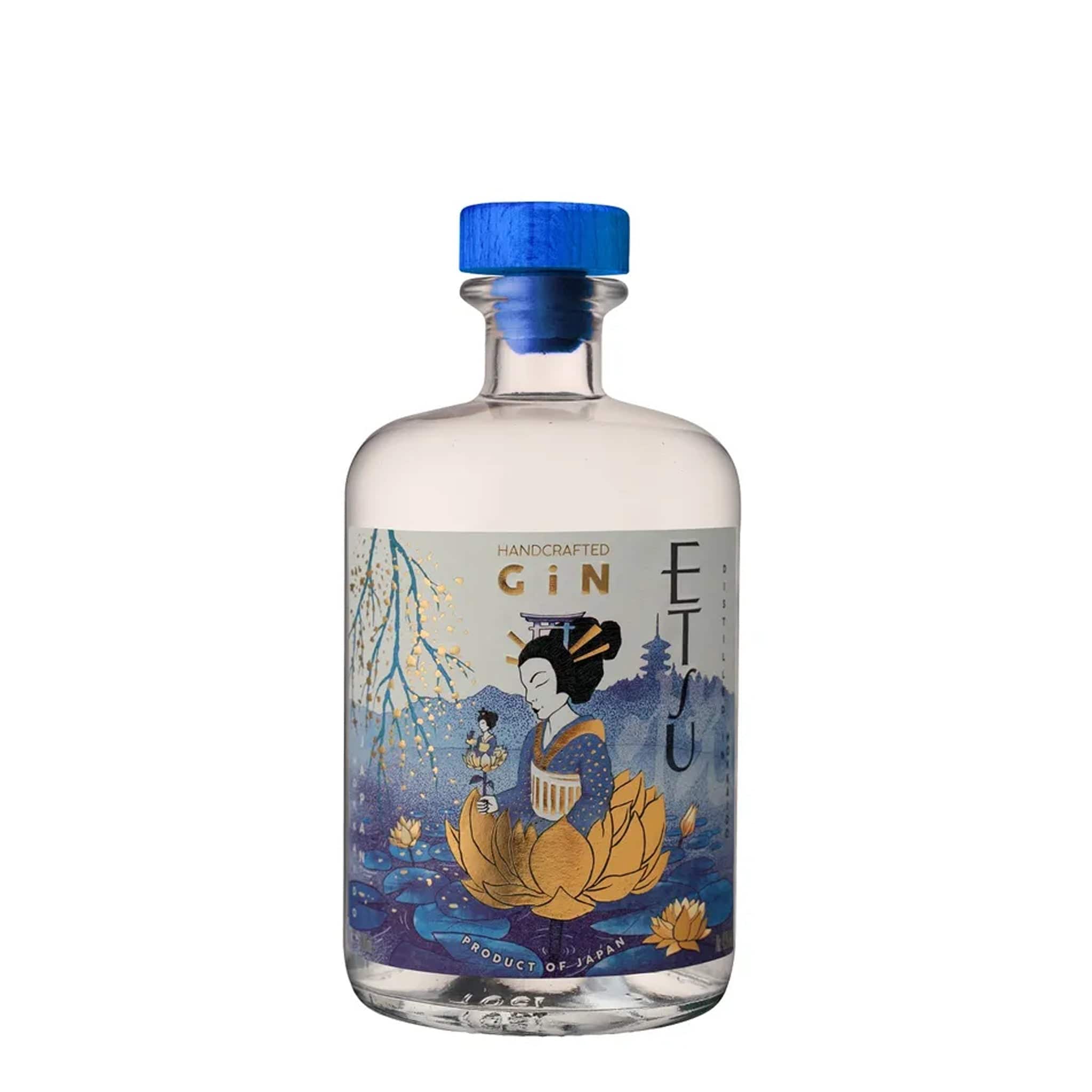
A New Kind of Craftsmanship
If there’s one word that catches the essence of Japanese Gin, it’s craftsmanship. Japan is well-known for its commitment to information, whether in sushi, whisky, or ceramics. The very same relates to Gin.
Where Western gin manufacturing typically emphasises testing and boldness, Japanese distillers focus on balance, precision, and consistency. The goal isn’t to surprise your palate, but to create a gin that feels simple and easy– where no single botanical overwhelms one more.
Take Roku Gin, created by Suntory. Its name suggests “six,” describing the six Japanese botanicals it uses– including yuzu, sakura blossom, and sencha tea– all blended in ideal percentages. It’s a container that symbolises the Japanese idea of steer clear of, implying admiration for the seasonal optimal of ingredients.
Or take into consideration Ki No Bi, made in Kyoto, where each organic team (base, citrus, tea, spice, flower, herbal) is distilled separately prior to being combined. This degree of care cause a layered yet unbelievably smooth gin that reveals something brand-new with every sip.
Why Japanese Gin Is Gaining Popularity in the UK
It’s no secret that the UK likes Gin. But after years of craft gin booms and local distillery experiments, enthusiasts are now searching for something a lot more improved– something various yet friendly.
That’s where Japanese Gin shines.
Its flavour profile is subtle, aromatic, and delicate– making it a terrific option for individuals who find some London Dry gins too sharp or juniper-heavy. Japanese gins feel softer and extra balanced, suitable for drinking neat, combining with restorative, or utilising in elegant cocktails like a Martini or Gimlet.
Lots of UK enthusiasts additionally connect with the tale behind Japanese spirits: the creativity, the regard for nature, and the focus on quality over quantity. For those who’ve already loved Japanese whisky or purpose, checking out Japanese Gin feels like a natural next step.
And with significant retailers like The Whisky Exchange, Master of Malt, and Waitrose now equipping premium Japanese gins, it’s simpler than ever to grab a container without reserving a flight to Tokyo.
The Philosophy Behind the Bottle
What genuinely makes Japanese Gin stick out isn’t simply the flavour– it’s the viewpoint behind it.
Japanese distillers frequently speak about wa, the concept of consistency and balance that overviews everything from style to food. In Gin, this indicates developing a spirit where each component matches the others. You will not find overwhelming citrus or severe spice– instead, you’ll taste layers that unfold delicately, one at a time.
There’s also a focus on seasonality and local terroir. Lots of gins use ingredients grown within Japan’s boundaries, showcasing the country’s different areas– from the fresh seaside herbs of Hokkaido to the hill teas of Kyoto.
Also, the bottles themselves frequently reflect Japanese looks: minimalist, elegant, and developed to be presented.
Japanese Gin isn’t regarded as flash. It’s regarding feeling– the peaceful joy of a completely balanced drink that connects you to craftsmanship, society, and a minute of tranquillity.
How to Serve and Enjoy Japanese Gin
Among the pleasures of Japanese Gin is its convenience. Whether you’re a purist who takes pleasure in sipping neat or someone who loves a well-balanced cocktail, these gins offer limitless possibilities.
Below are a few ways to make the most of them:
1. The Classic Gin & Tonic– Japanese Style
For a rejuvenating yet nuanced beverage, try a Japanese gin and tonic.
Proportion: 1 component gin to 2– 3 components premium tonic water
Glass: Highball or balloon glass loaded with large ice
Garnish: Choose based upon the Gin– ginger for Roku, yuzu peel for Ki No Bi, orange piece for Etsu
Japanese gins tend to radiate when coupled with light, clean tonic waters that do not overpower their refined botanicals.
2. The Japanese Martini
If you prefer something much more improved, the Japanese Martini is smooth, stylish, and straightforward to make.
50ml Japanese Gin
10ml dry vermouth
Optional: a dashboard of benefit rather than vermouth for a softer finish
Mix with ice, stress into a cooled liqueur glass, and garnish with a yuzu twist or a cucumber bow.
3. The Kyoto Highball
Japanese beverage culture commemorates balance and beverage– and the highball captures that perfectly.
Mix your favourite Japanese Gin with chilled soda water and a capture of citrus. The result? A light, bubbly beverage ideal for loosening up evenings or coupling with sushi and seafood.
4. Food Pairings
Japanese Gin pairs perfectly with food thanks to its subtle, balanced nature.
Attempt these pairings:
Roku Gin → Grilled salmon or teriyaki chicken
Ki No Bi → Sashimi, oysters, or tempura
Etsu Gin → Fresh salads or fruit desserts
Nikka Coffey Gin → Cheese boards or cured meats
These mixes enable the botanicals to enhance instead of compete with the flavours on your plate.
Frequently Asked Questions
1. What makes Japanese Gin different from regular Gin?
Japanese Gin is made with traditional gin botanicals plus clearly Japanese ingredients such as yuzu, sakura, environment-friendly tea, and sansho pepper. The focus is on harmony and nuance rather than stamina or spice.
2. Is Japanese Gin great for beginners?
Absolutely. Brand Names like Roku Gin are smooth and balanced, making them outstanding entry factors for those new to Gin or seeking something more refined than common Western styles.
3. Can I mix Japanese Gin in cocktails?
Yes! Japanese gins are functional and mix perfectly in cocktails like martinis, negronis, and highballs. Their refined notes make beverages more intricate without overpowering other ingredients.
4. What’s the most effective Japanese Gin for gifting?
If discussion issues, Etsu Gin wins hearts with its floral bottle design and mild flavour. For a more traditional gift, Ki No Bi provides elegance and depth that thrill any gin lover.
5. Just how much does Japanese gin cost in the UK?
Anticipate to pay between ₤ 30 and ₤ 60 for the majority of containers. Roku sits around the ₤ 30- 35 mark, while premium gins like Ki No Bi or Nikka Coffey are typically in between ₤ 45 and ₤ 60.
Last Thoughts: The Beauty of Balance
Japanese Gin isn’t just another spirit pattern– it’s a party of craftsmanship, society, and silent class. Every container tells a story: of neighbourhood ingredients, client creativity, and the pursuit of harmony in every sip.
For UK gin enthusiasts, it provides something fresh yet acquainted– a bridge between the accuracy of Japanese craftsmanship and the ageless charm of Gin.
So whether you’re mixing your first Japanese G&T or gifting a close friend a bottle that feels genuinely special, keep in mind: you’re not simply purchasing a beverage. You’re bringing home a piece of Japanese artistry.
Ready to discover?
Begin with a bottle like Roku or Ki No Bi, offered at reliable UK retailers such as Master of Malt, The Whisky Exchange, or Waitrose. Pour slowly, sip mindfully, and discover why Japanese Gin has actually silently turned into one of the most captivating spirits in the world.

